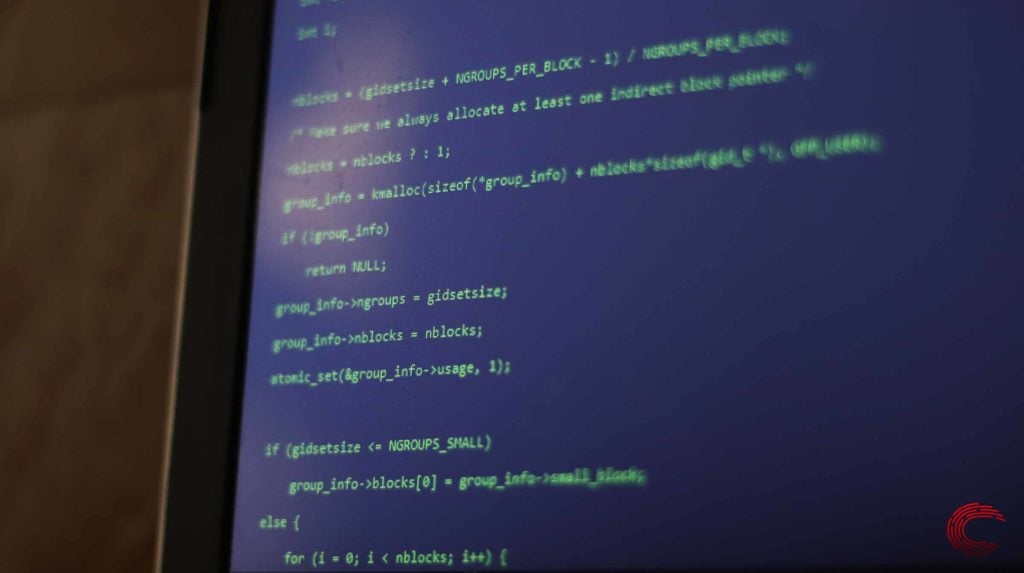The internet has come a long way from the simple text-based websites and slow dial-up speeds that it used to run at back in the day. Now we have high-speed internet supporting complex websites and web apps that let us do just about anything we want.
That said, this doesn’t mean that these web apps are free of all errors. Common HTTP error codes are still a common sight on the internet. In this article, we’re talking about the HTTP 422 error, its causes and what you can do to fix the problem.
Also read: Err_HTTP2_Protocol_Error: 6 Fixes
What causes this error?
The 422 error usually indicates that while the server can understand the request you’re making, it can’t process it at the moment hence indicating an “unprocessable entity” in the error code. There are a number of reasons why this might happen including:
- Files involved in the request have semantic errors.
- Corrupt database.
How to fix this?
Here are three fixes you can try out.
Fix your source files
If you have some sort of logging mechanism working in the background, you’ll be able to point out which of the files is causing the problem. Remember, the 422 error means the server can understand your request but a file involved in completing the request has semantic issues causing the error.

Usually, these are XML, PHP or Javascript files that either provide data or control some sort of page behaviour. Double-checking these should point the error out.
Fix your database
If you’re using WordPress, your database can also have problems which can throw this error. You can repair tables using either a third-party plugin or phpMyAdmin (recommended) to quickly resolve the issue.
When using phpMyAdmin, simply log into the console, select all your WordPress tables and select the Repair table under Table Maintenance. PhpMyAdmin will then automatically find and fix any errors with your database, resolving the 422 error in the process.
Check the WordPress logs
Another thing that WordPress users can do is enable the WordPress logs and use them to find out which file is causing the issue. Since a WordPress installation can have hundreds if not thousands of files, manually checking them isn’t the best idea.
What you can do instead is add the following two lines in your wp_config.php file.
define( 'WP_DEBUG', true );
define( 'WP_DEBUG_LOG', true );While this won’t fix the issue, this will create a log file named debug.log inside the wp-content folder. You can then open this file using any text editor and look for any errors caused by any specific files.
Also read: How to fix ‘urllib.error.httperror: HTTP error 403: Forbidden’?






